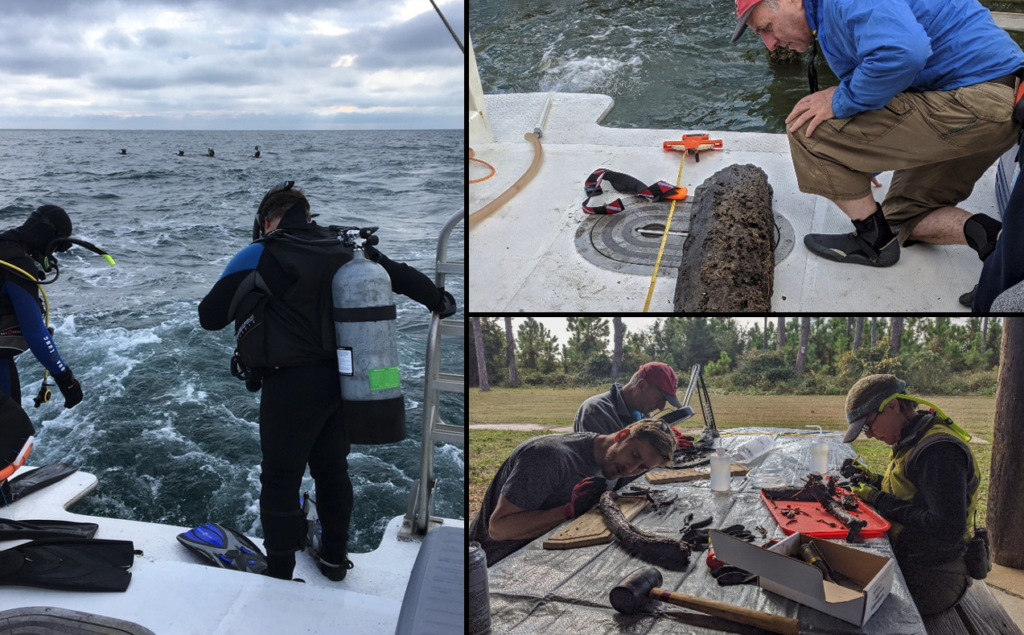These are difficult times, and I hope that you and your loved ones are healthy and protecting yourselves. During this unprecedented moment in our lives, the news can be hard to read, and so it is great to share a story with a little more uplifting content.
One of OGL’s most exciting projects is featured on the front page of this week’s Science section of the New York Times! The story covers OGL’s biodiversity and drug discovery research in one of the strangest underwater environments on earth: an underwater forest off of the Alabama coast. The feature beautifully captures the adventures of our most recent undersea expedition, and helps to explain why we—OGL’s staff, students, and colleagues—work so hard at what we do.
Further, Forbes Magazine, in an article in its March 16 issue stated, “We are just learning the true potential and value of life in the deep ocean. Being able to sample marine wildlife is critical to identify more potential targets to address threats such as coronavirus in the future.” OGL continues to pursue research that will help to protect marine ecosystems and improve the human condition. I invite you to visit our website at northeastern.edu/ogl for more information on our projects.
I also want to take this opportunity to thank you for all of your support over the years. Without your help, this exciting work would not have been possible.
With my best regards,
Dan

